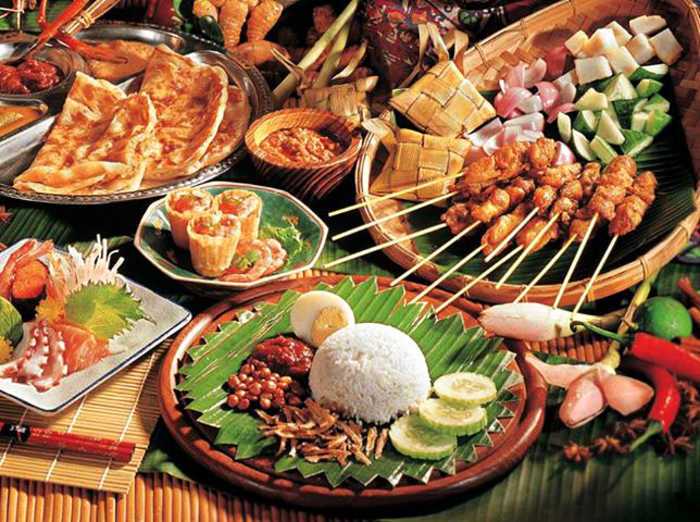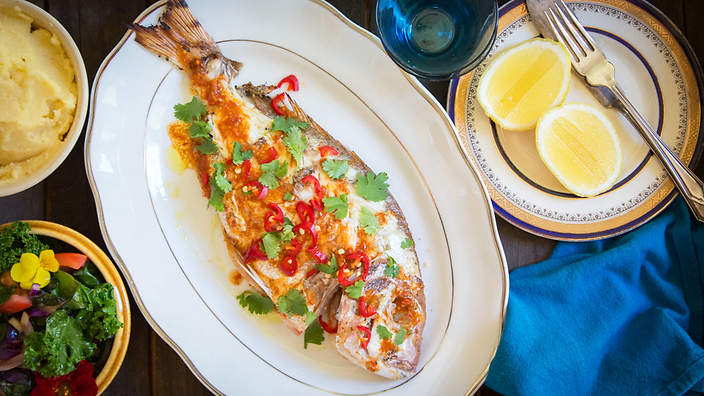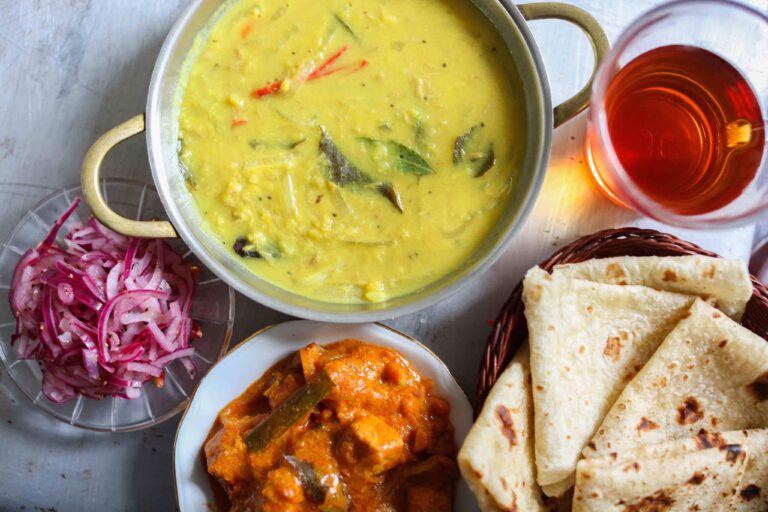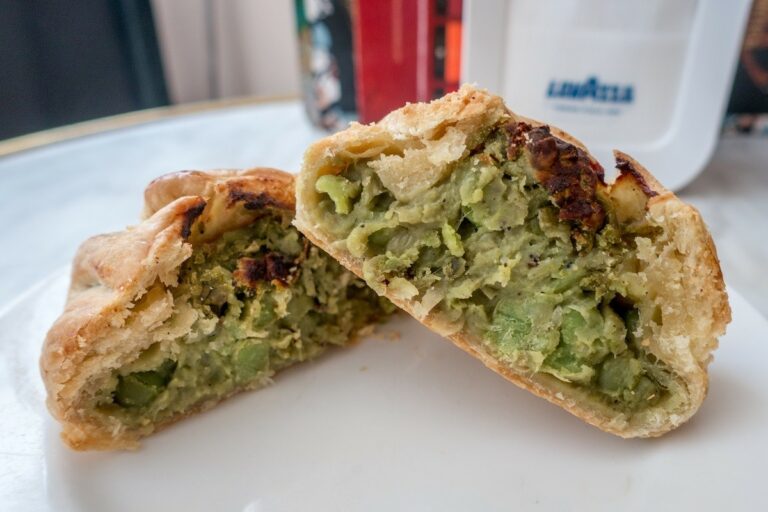Introduction: What is Malagasy Cuisine?
Malagasy cuisine is the culinary art of Madagascar, an island nation off the coast of Africa. It has a rich and diverse culinary tradition that reflects the island’s history, geography, and culture. The cuisine of Madagascar is characterized by the use of local ingredients such as seafood, rice, and coconut, as well as the incorporation of diverse culinary techniques and spices from other cultures.
The Influence of Malagasy History on Its Cuisine
Malagasy cuisine has been shaped by the island’s history, which includes the arrival of seafaring people from Southeast Asia and Africa, as well as European colonization. The Malagasy people have also developed their own unique culinary traditions over time, particularly in the preparation of rice, which is a staple food in Madagascar. Traditional Malagasy cuisine is known for its simplicity and emphasis on fresh, local ingredients.
Traditional Malagasy Dishes
Traditional Malagasy dishes include a variety of rice-based dishes, such as vary amin’anana, which is rice cooked with leafy greens. Other popular dishes include romazava, a vegetable stew made with meat or seafood, and ravitoto, a dish made with cassava leaves and pork. These dishes are typically made with local ingredients and reflect the island’s diverse cultural heritage.
The Emergence of Fusion Dishes in Malagasy Cuisine
In recent years, Malagasy cuisine has seen the emergence of fusion dishes, which combine traditional Malagasy ingredients and cooking techniques with elements from other culinary traditions. This fusion is a result of globalization and Madagascar’s increasing exposure to other cultures. Fusion dishes have become increasingly popular in urban areas and are often served in restaurants that cater to tourists.
Examples of Fusion Dishes in Malagasy Cuisine
One example of a fusion dish in Malagasy cuisine is the samosa, a pastry with Indian origins that is popular in Madagascar. Malagasy samosas are made with a variety of fillings, including vegetables, meat, and seafood, and are often served with a spicy dipping sauce. Another fusion dish is the Chinese-influenced riz Cantonais, a rice dish made with vegetables, meat, and eggs that is typically served as a side dish in Malagasy restaurants.
Conclusion: The Future of Fusion Dishes in Malagasy Cuisine
The emergence of fusion dishes in Malagasy cuisine is a reflection of the island’s growing cultural diversity and openness to new culinary traditions. While traditional Malagasy dishes remain an important part of the island’s culinary heritage, fusion dishes offer a way to experiment with new flavors and ingredients. As Madagascar continues to develop and modernize, it is likely that fusion dishes will become more common and continue to evolve in new and exciting ways.






